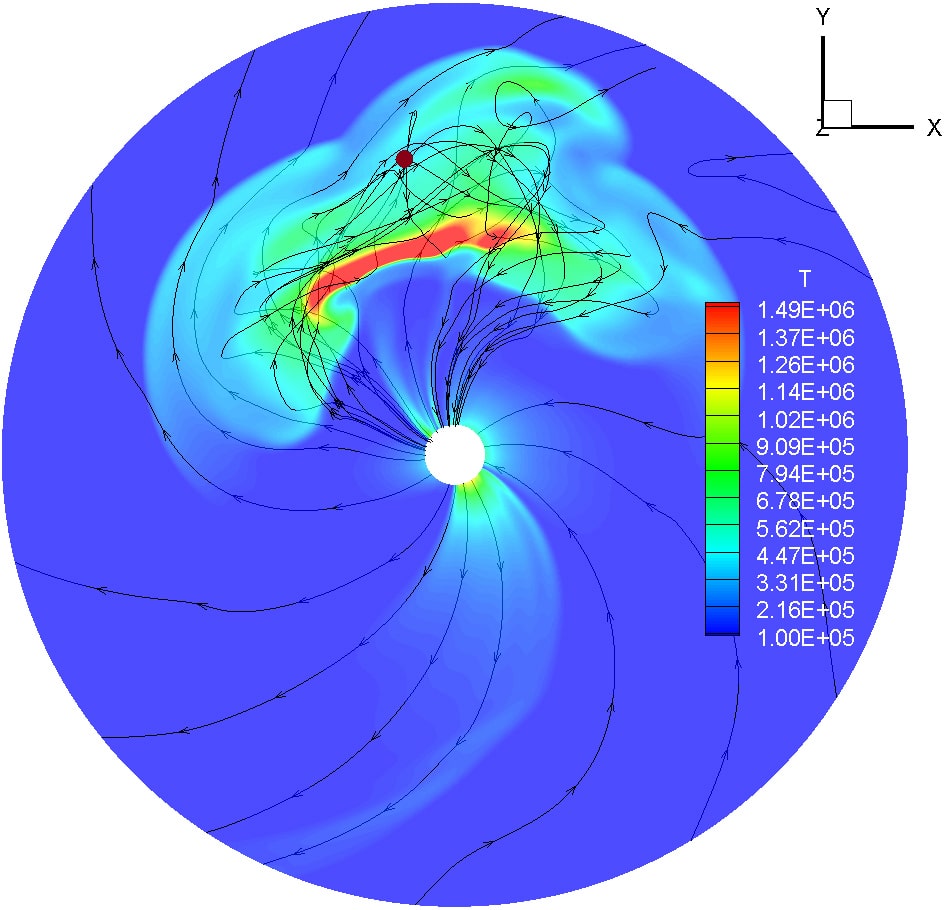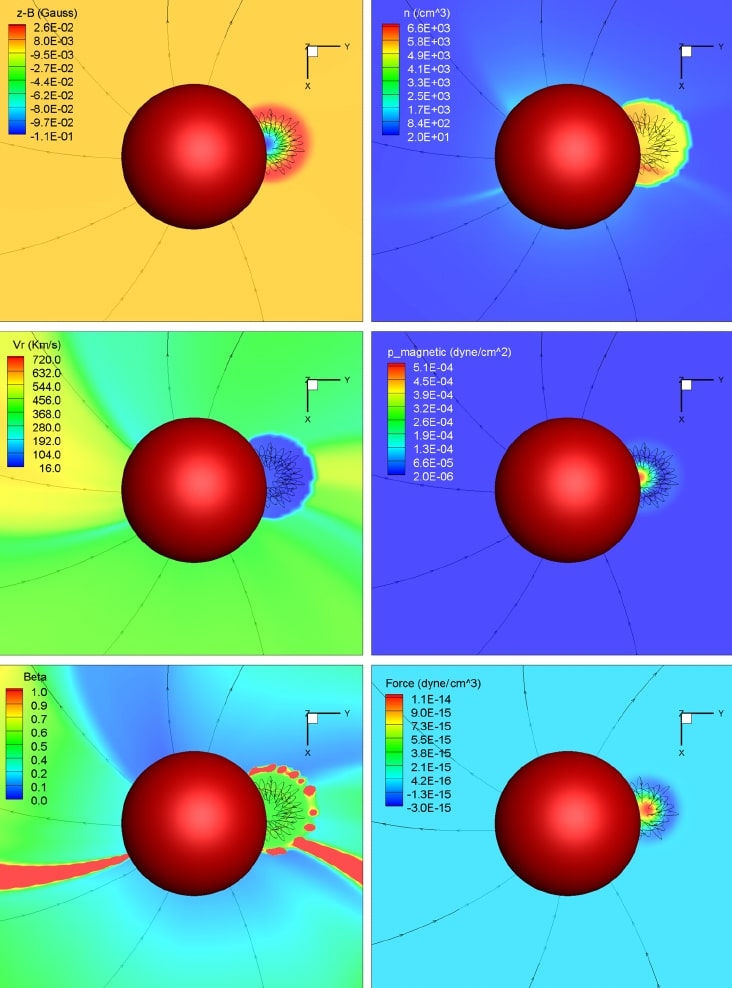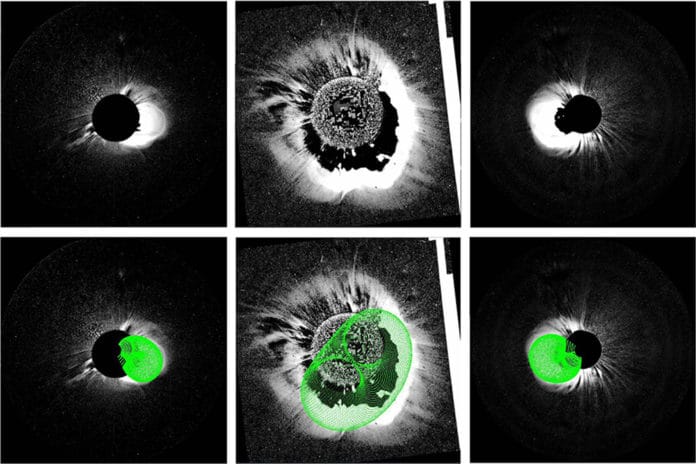Sun’s corona is hundreds of times hotter than the Sun’s surface. The corona extends far out into space. From it comes the masses of highly-magnetized plasma towards Earth.
These ejections are energetic enough that they can crash through the magnetosphere, damage satellites or electrical grids.
For centuries, astronomers are studying the sun‘s activity and gaining detailed insights into it. Today’s date, they are taking the help of computers to understand the sun’s behavior and its role in space weather events.
In October 2020, The bipartisan PROSWIFT (Promoting Research and Observations of Space Weather to Improve the Forecasting of Tomorrow) Act was passed to law to develop better space weather forecasting tools.
Understanding space weather requires a real-time product to predict its impact before the event better. Even if it appears a distant concern, its dangers may not be realized until it’s too late.

Nikolai Pogorelov, distinguished professor of Space Science at The University of Alabama in Huntsville, said, “We don’t think about it, but electrical communication, GPS, and everyday gadgets can be affected by extreme space weather effects.”
With funding from the National Science Foundation (NSF) and NASA, Pogorelov leads a team to improve state-of-the-art space weather forecasting.
Their study that involves intricate science, advanced computing, and exciting observations could improve our understanding of how the Sun drives space weather and its effects on Earth. It will help scientists predict space weather events and build our nation’s resilience against these potential natural hazards.
Using the Frontera supercomputer at the Texas Advanced Computing Center (TACC) and high-performance systems at NASA and the San Diego Supercomputing Center, the team, tried to advance the models and methods.
The team also explains the role of backstreaming pickup ions in the acceleration of charged particles in the universe. They found that the magnetized solar wind plasma picks up these ions and pushes them outwards the sun.
Pogorelov said, “Some non-thermal particles can be further accelerated to create solar energetic particles that are particularly important for space weather conditions on Earth and people in space.”
To understand this phenomenon, the team performed some simulations on Frontera. The outcomes were then compared with observations from Voyager 1 and 2.

The study could help astronomers determine the direction of the magnetic field that solar wind carries with it.
Pogorelov said, “Fifteen years ago, we didn’t know that much about the interstellar medium or solar wind properties. We have so many observations available today, which allow us to validate our codes and make them much more reliable.”
“Soon, it will penetrate beyond the critical sphere where the solar wind becomes superfast magnetosonic, and we’ll have information on the physics of solar wind acceleration and transport that we never had before.”
“No doubt, in years to come, the quality of data from the photosphere and solar corona will be improved dramatically, both because of new data available and new, more sophisticated ways to work with data. We’re trying to build software in a way that if a user comes up with better boundary conditions from new science missions, it will be easier for them to integrate that information.”
Journal References:
- Singh, T., Kim, T. K., Pogorelov, N. V., & Arge, C. N. (2020). Application of a modified spheromak model to simulations of coronal mass ejection in the inner heliosphere. Space Weather, 18, e2019SW002405. DOI: 10.1029/2019SW002405
- Singh, T., Yalim, M. S., Pogorelov, N. V., and Gopalswamy, N., A Modified Spheromak Model Suitable for Coronal Mass Ejection Simulations, The Astrophysical Journal, vol. 894, no. 1, 2020. doi:10.3847/1538-4357/ab845f
